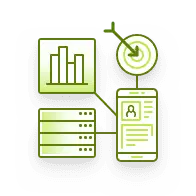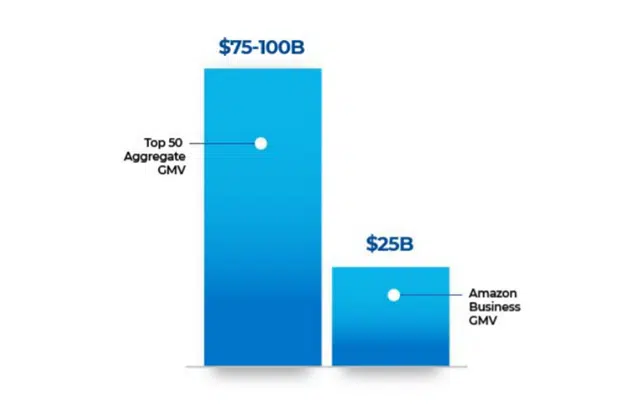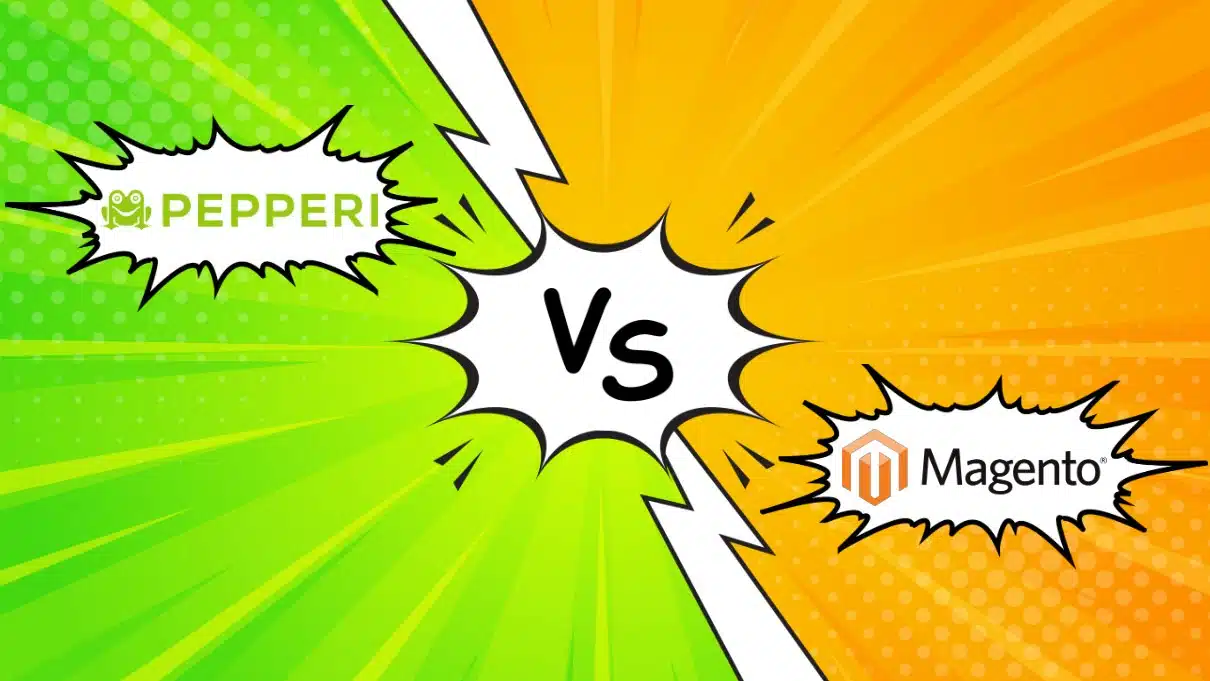Competing with B2B Marketplaces: Tips for CPG Brands & Wholesalers
August 17, 2021 By Yana Persky

The B2B marketplace investment sector is booming, and it’s going to grow even crazier! FMCG marketplaces like Udaan, Faire, Ninjacart, Foodmaven and Sary have raised hundreds and thousands of millions of dollars from eager investors in the last 6 months. A study from Digital Commerce 360 projects B2B marketplaces will account for 30% of all global online B2B sales by 2024.
On March 15, 2021, Amazon Business admitted that only 6 years after its launch, it is doing $25B in annual Gross Merchandise Value (GMV). According to Applico Capital, Amazon Business alone has around 23% of B2B marketplace GMV, whereas the top 50 marketplaces together account for 60%. With 50% CAGR, Amazon Business is on track to reach $75 billion by 2023.
Source: Applico 2021
What’s actually contributing to the surge of marketplaces?
I strongly believe that it’s the need to prevent Amazon Business from its dominant position, its future growth opportunities and an accumulative market share at the expense of traditional distributors – have accelerated the emergence of B2B marketplaces.
In general, a traditional manufacturer-distributor or distributor-retailer partnership provides powerful incentives for both companies to keep the connection going as long as it offers a more personalized service, higher margins, and individualized attention – unlike monopoly’s such as Amazon. It sounds logical, but looking at Amazon and the B2B marketplace numbers, this statement makes little sense.
Given that 66% of distributors and 53% of manufacturers are losing revenue to marketplaces, both manufacturers and B2B distributors are in big trouble. And if huge traditional distributors and manufacturers do not act now, both Amazon Business and emerging B2B marketplaces will lead to their downfall.
B2B brands and distributors have a limited window of time to ensure that the dominance of B2B marketplaces does not negatively affect them. They need to build on their unique strengths such as their expertise, flexibility, value-added services, unique customer insights, bigger margins and brand differentiation.
Luckily, the emergence of B2B marketplaces, together with huge investments in this sector, have disrupted the traditional B2B value chain and provided a tremendous push for B2B sellers to evolve – and finally embrace their digital transformation.
Is your sales strategy optimized for a modern B2B buyer?
We see more and more B2B sellers requiring B2C functionalities and a ‘B2C experience’ for their buyers, to stay competitive and prevent them from switching to marketplaces.
Until recently, many would agree that it wasn’t common to publish product catalogs on B2B websites and provide access for unregistered users to view them.
Showcasing your products to potential customers without requiring them to create an account is a highly effective B2C strategy, and a powerful lead generation tactic that can help B2B suppliers gain a competitive edge over marketplaces, expand their reach and improve their sales.
Your website becomes more visible to the right audience and an audience that is searching for your products boosts your chances of making more sales.
‘Open catalog’, being a B2C eCommerce feature, has become a standard for companies like Vintage Foods, Russco, Kent Frozen Foods etc.
Kent Frozen Foods is an excellent B2B eCommerce example of a UK wholesaler that has invested in high-quality product information for their website. Product photos, a brief description, pack size, storage instructions can all be found on their website, and are open to all who visit.
Can potential customers browse your products without a login?
If you’re considering to showcase your B2B product catalog to unregistered visitors and happen to be an existing Pepperi customer, our open catalog feature can easily present your products on your website using existing Pepperi data.
After browsing, “Sign Up” links can be used to convert potential leads into customers, who can place orders online directly in the B2B eCommerce platform.
The Open Catalog includes smart search and filtering options, and uses the latest elastic technologies for fast response time. It can easily be configured on your WordPress website using the free Pepperi Open Catalog WordPress Plugin. If you are not using WordPress, an API is provided to build your own headless design.
Final thoughts
As B2B marketplaces become a lucrative investment opportunity, and B2B buyers demand more B2C features to make inroads into B2B, it is highly recommended that B2B brands and wholesalers adopt a new strategy to stay ahead of the competition and not to be swallowed by behemoths like Amazon.
Investing in B2B eCommerce, is no longer about providing access only to verified buyers who make repeat and regular purchases, but also about opening the door to new potential customers. A web store can help strengthen your online presence, letting potential clients and resellers find you through search engines. The B2B Open Catalog allows you to improve your marketing efforts, attract more traffic to your site and better convert visitors into customers.


























